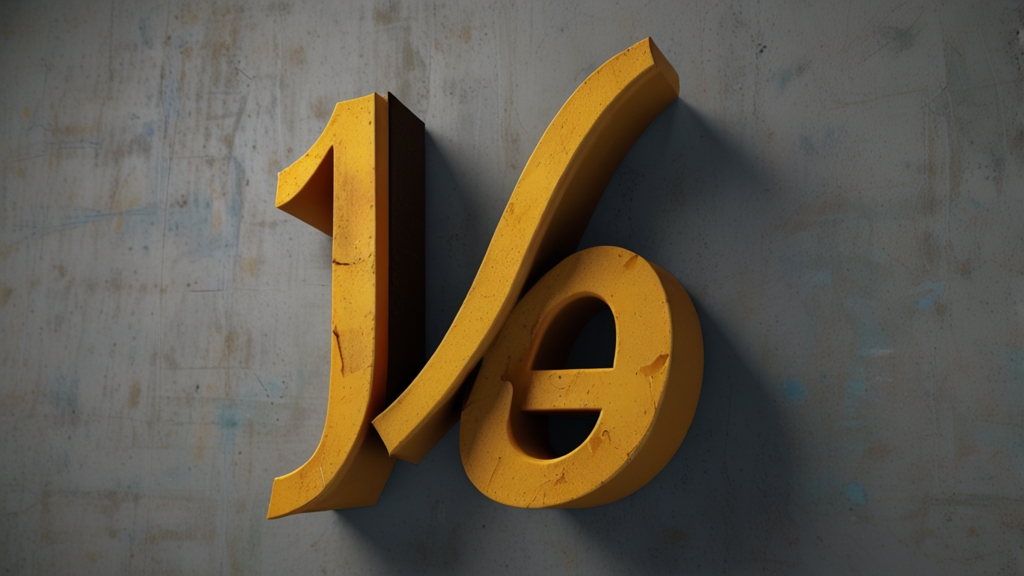The Spiritual Journey of Crucifixion Beyond the Physical Pain
The crucifixion of Jesus Christ is often recounted primarily as a physical ordeal, a harrowing tale of immense suffering and anguish. However, focusing solely on the physical aspects of crucifixion risks obscuring the deeper spiritual narrative embedded within this profound historical event. Beyond the excruciating pain, the crucifixion represents a spiritual journey of sacrifice, redemption, and ultimate transformation. This article delves into these dimensions, offering insights into the spiritual significance that transcends the physical suffering.
The Dimension of Sacrifice
At its core, the crucifixion is fundamentally about sacrifice. Jesus willingly accepted a path fraught with unimaginable pain and suffering, embodying the ultimate expression of selflessness. This surrender to a higher purpose illuminates the divine nature of His mission. The decision to endure such agony was driven not by coercion but by a profound sense of love and dedication to humanity’s redemption.
“Greater love has no one than this: to lay down one's life for one's friends.”
This verse from the Gospel of John epitomizes the essence of Jesus’ sacrifice. By offering Himself, Jesus provided a powerful testament to the boundless nature of divine love and the lengths to which it would go to ensure the salvation of humanity.
The Act of Redemption
Redemption is another pivotal element in the spiritual journey of the crucifixion. Theologically, the death of Jesus on the cross is seen as the ultimate atonement for the sins of humankind. The crucifixion, therefore, symbolizes a bridge between the divine and the mortal, erasing the chasm created by sin and disobedience. This sacrificial act is believed to have restored the broken relationship between God and His creation, offering humanity the possibility of reconciliation and eternal life.
“For God so loved the world that He gave His one and only Son, that whoever believes in Him shall not perish but have eternal life.”
This proclamation from the Gospel of John underscores the redemptive power of the crucifixion. Through His suffering and subsequent resurrection, Jesus opened the door to new possibilities, embodying hope and renewal for believers across generations.
The Encounter with Despair
In addition to sacrifice and redemption, the event of crucifixion encompasses an encounter with profound despair. The Gospels recount Jesus’ poignant cry on the cross: “My God, my God, why have you forsaken me?” This moment of seeming abandonment brings Jesus into the deepest recesses of human despair, aligning His agony with our own moments of loss and hopelessness. By experiencing this ultimate despair, Jesus shows that divinity is not detached from human suffering but is intricately connected to the human experience in all its facets.
The Promise of Transformation
Finally, the spiritual journey of crucifixion is marked by the promise of transformation. The resurrection that follows Jesus’ death demonstrates the triumph of life over death, hope over despair. This transformative power is central to Christian belief, affirming that suffering and death are not the end but pathways to new beginnings. The crucifixion, therefore, is not just a historical event but a continuous invitation for believers to experience spiritual resurrection in their own lives.
In conclusion, while the physical aspects of crucifixion involve immense suffering, the spiritual journey underlying this event encompasses profound themes of sacrifice, redemption, despair, and transformation. Each of these elements offers valuable insights and reflections for both spiritual enrichment and personal growth. By looking beyond the physical pain, one can uncover deeper truths and find solace and inspiration in the spiritual legacy of the crucifixion.








